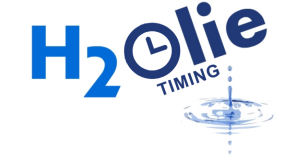I’m a patient
Study summary

Background of the study
Flushing of the fallopian tubes with the HSG used to be a standard procedure in the fertility workup. Currently this is not the case according to the gynaecology-guidelines, it is only advised to perform the HSG in women who have a high change of tubal blockage. A recent large study has shown that an HSG with oil-contrast leads to 10% more chance of an ongoing pregnancy as compared to HSG with water-contrast in previously infertile women. This is not yet incorporated in the gynaecology-guidelines. We hypothesise that an early HSG
with oil contrast, during the fertility workup leads to more pregnancies and sooner when compared with a delayed HSG 6 months after the fertility work up. This would reduce the need for extensive and expensive fertility treatments, making the HSG cost effective.
What participation involves
Your participation will last about 12 months.
If you decide to participate you will be randomly allocated to one of the two treatment groups:
-
- Group 1: Direct HSG with oil contrast during the fertility workup.
- Group 2: Delayed HSG with oil contrast 6 months after the fertility workup.
If you are allocated to the HSG during fertility workup the HSG will be planned in your next menstrual cycle. If you are allocated to the HSG after 6 months, you will be contacted again or have a doctor’s appointment after 6 months and if you are not pregnant at that time the HSG will be scheduled. On top of the examination you will receive questionnaires through email at two moments: around 6 and 12 months after randomization. These questionnaires ask for any medical (fertility) treatments and absence of work. At least 12 months after the randomization the researchers will contact you to ask for any pregnancies and/or fertility treatments. If you become pregnant in this time, we will contact you after your due date to obtain information on the pregnancy and delivery.
